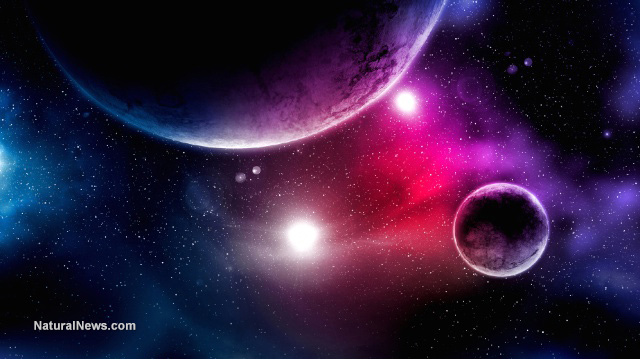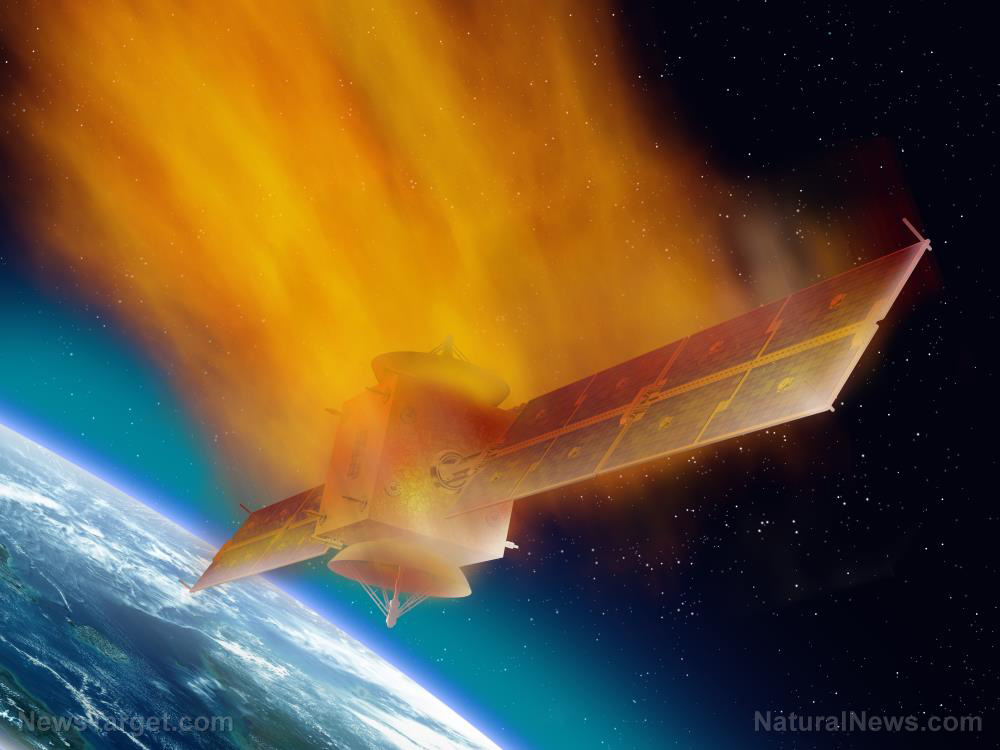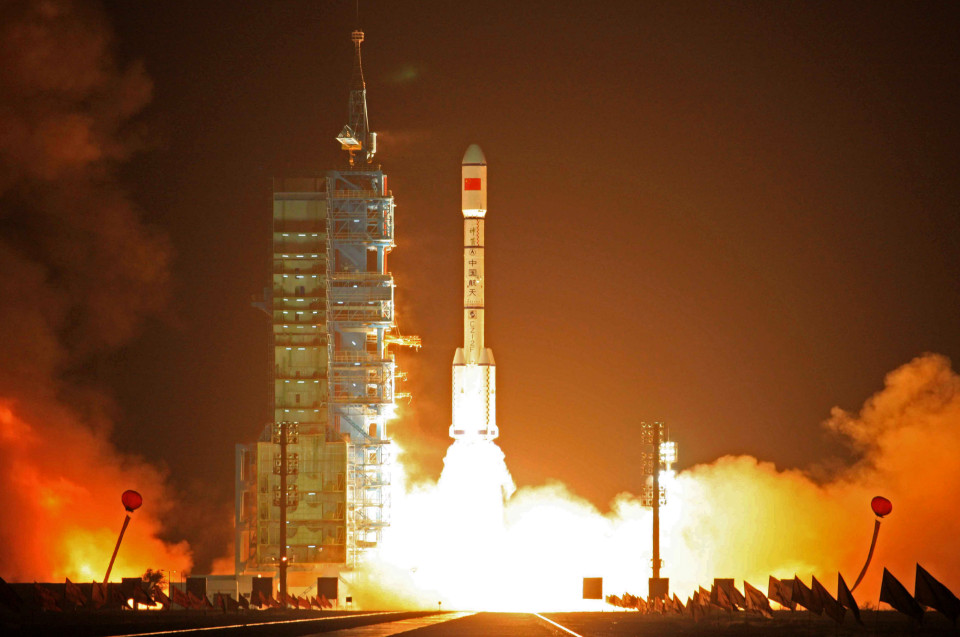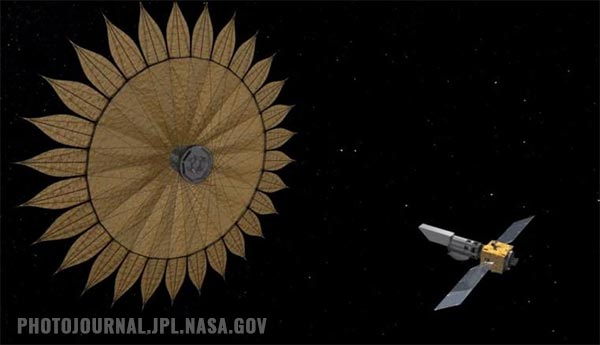Birth of the “ploonet”: Scientists want to coin new term for cosmic objects that are a cross between a moon and a planet
04/08/2020 / By Arsenio Toledo

Astronomers have coined a term for cosmic objects that are sort of a cross between a planet and a moon: a ploonet.
According to researchers, ploonets can form when moons that have distant orbits with their planets suddenly break free from their orbits due to gravitational interactions. This causes the new ploonets to end up orbiting their host stars instead.
The study was conducted by researchers from South America and Australia. It was published in the journal Monthly Notices of the Royal Astronomical Society.
A ploonet forms from the migration of gas giants
The researchers present their arguments to help astronomers classify a hypothetical new class of cosmic objects that, they believe, are one of the reasons why scientists all over the world still haven’t been able to find any exomoons – moons that are located outside of the solar system. (Related: Earth-like planets not as rare as once thought: Astronomers estimate there are 2,000 nearby stars that house them.)
Exomoons that orbit gas giant exoplanets, like Jupiter and Saturn, could be kicked out of their regular orbits through gravitational interactions, which could turn them into ploonets.
While the orbits of the planets within the Solar System are fairly stable, meaning that the moons of neither Jupiter nor Saturn are likely to become planets of their own, the researchers argue that this probably isn’t always the case in many other solar systems.
“If large exomoons form around migrating giant planets which are more stable (eg. those in the Solar System), what happens to these moons after migration is still under intense research,” wrote the researchers.
Their research ran simulations to explore possible scenarios wherein exomoons escape from their original orbits. Their simulations centered around a type of planet astronomers call a “Hot Jupiter,” a kind of gas giant that has a mass similar to Jupiter’s. However, Hot Jupiter’s orbit lies very close to its star – possibly around the same distance between Mercury and the Sun – making the gas giant incredibly hot.
However, it’s unlikely that Hot Jupiters formed so close to their stars due to the extremely hot conditions. Majority of the gas found on gas giants would have burned away before the planets can even form. This is why astronomers, including the researchers for this study, believe that Hot Jupiters would have formed a much wider orbit around their host stars and, over time, migrated inward.
Furthermore, if the migrating gas giants had exomoons, then this movement toward the center of their solar system would generate additional gravitational forces between the exoplanet and the exomoon.
Using their hypothesis, the researchers ran simulations of exoplanets with exomoons migrating to a closer orbit with their host stars.
They found that around 44 percent of the simulations saw the moons crashing into their planets. Six percent of the simulations had the moons hurtling toward the star and the other two percent got kicked out of their solar systems entirely.
The remaining 48 percent of simulations saw the exomoons separated from their planet. However, the newly orphaned moons created a new orbit, this time around the star, and turned into ploonets. Fifty-four percent of the new ploonets created an orbit that was farther away from the star than their original planet; 28 percent had “highly eccentric orbits;” 14 percent had an orbit that was closer to the star than their original planet; and the remaining four percent had the same or very similar orbit as the planet.
The researchers stated that their ploonet is still hypothetical. They hope to continue their research, but also understand that detecting a real ploonet will be very challenging.
“The detectability of a ploonet not only depends on its size, but also on its orbital distance from the planet.”
Read up on other cosmic events that formed the moons and planets at Cosmic.news.
Sources include:
Tagged Under: astronomy, discoveries, exomoon, exoplanet, hot Jupiter, Jupiter, Moon, Planet, ploonet, research, Space, space research
RECENT NEWS & ARTICLES
COPYRIGHT © 2017 SPACE.COM
All content posted on this site is protected under Free Speech. Space.com is not responsible for content written by contributing authors. The information on this site is provided for educational and entertainment purposes only. It is not intended as a substitute for professional advice of any kind. Space.com assumes no responsibility for the use or misuse of this material. All trademarks, registered trademarks and service marks mentioned on this site are the property of their respective owners.



















